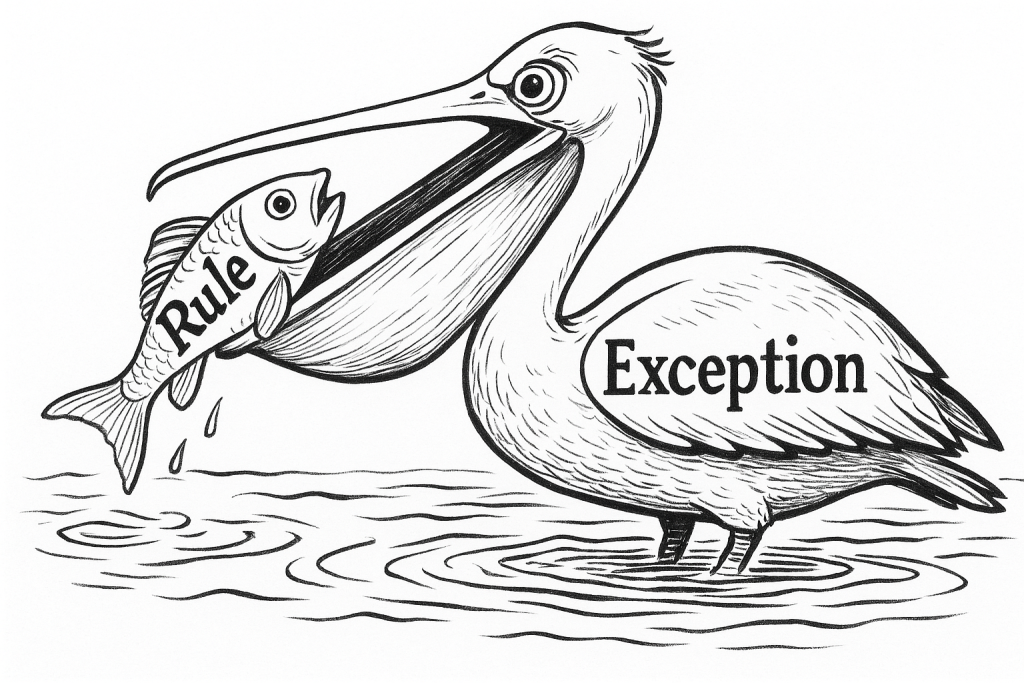
"IPR estoppel does not preclude a petitioner from relying on the same patents and printed publications as evidence in asserting a ground that could not be raised during the IPR, such as that the claimed invention was known or used by others, on sale, or in public use."
"The Federal Circuit held that 'ground' refers specifically to the statutory bases available in an IPR (anticipation or obviousness via patents/printed publications)."
"The decision resolves a long-standing split among district courts regarding the proper interpretation of the term 'ground' in 35 U.S.C. § 315(e)(2), which bars IPR petitioners from asserting in district court 'any ground that the petitioner raised or reasonably could have raised during that inter partes review.'"
"As such, petitioners remain free to use identical prior art evidence to support district court invalidity grounds not available in IPR-such as prior public use or sale."
The Federal Circuit's decision in Ingenico Inc. v. IOENGINE, LLC clarifies the scope of estoppel in Inter Partes Review (IPR), allowing patent challengers to use prior art previously documented in the IPR when asserting new invalidity grounds in district court litigation. This ruling resolves confusion surrounding the interpretation of the term 'ground' as defined in the patent statute, emphasizing that 'ground' pertains to statutory bases for invalidity and not the specific references themselves. As a result, challengers can leverage the same evidence to argue prior public use or sale that could not have been utilized in the IPR.
Read at Patently-O
Unable to calculate read time
Collection
[
|
...
]